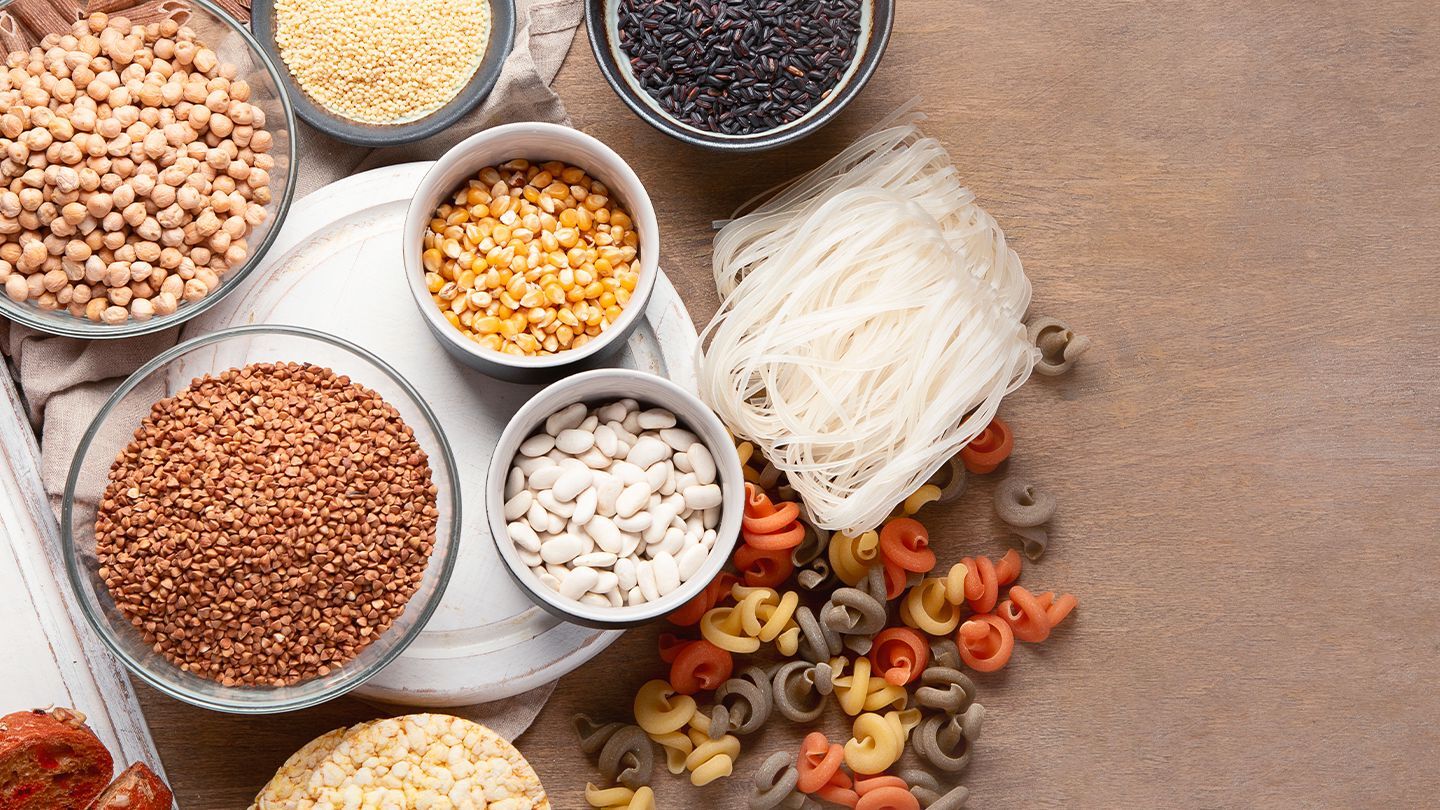
Is gluten-free living a trend or a necessity? Whether you're curious about gluten or need to avoid it for health reasons, understanding gluten content is crucial. Gluten, a protein found in wheat, barley, and rye, can cause serious health issues for some people. For others, it might just be a dietary choice. This blog post dives into 26 fascinating facts about gluten content, shedding light on what foods contain gluten, how it affects the body, and why some people need to steer clear. From hidden sources of gluten to its impact on digestion, you'll get a comprehensive look at this often misunderstood protein. Ready to learn more? Let's get started!
What is Gluten?
Gluten is a protein found in certain grains. It gives dough its elasticity and helps it rise. Many people are curious about gluten, especially those with dietary restrictions. Here are some fascinating facts about gluten content.
-
Wheat contains gluten. Wheat is the most common source of gluten. It’s found in bread, pasta, and many baked goods.
-
Barley has gluten too. Barley is another grain that contains gluten. It’s often used in soups, stews, and beer.
-
Rye is a gluten grain. Rye, used in some breads and cereals, also contains gluten.
-
Oats can be tricky. Pure oats don’t have gluten, but they are often contaminated with gluten during processing.
Gluten-Free Grains
Not all grains contain gluten. Some are naturally gluten-free and safe for those with gluten intolerance.
-
Rice is gluten-free. Rice, a staple food for many, does not contain gluten.
-
Corn is safe. Corn, used in tortillas and cornmeal, is naturally gluten-free.
-
Quinoa is a good option. Quinoa, a popular health food, is gluten-free and high in protein.
-
Buckwheat isn’t wheat. Despite its name, buckwheat is gluten-free and used in pancakes and noodles.
Gluten in Processed Foods
Gluten can hide in many processed foods. It’s important to read labels carefully.
-
Soy sauce often has gluten. Traditional soy sauce contains wheat, but gluten-free versions are available.
-
Salad dressings may contain gluten. Some dressings use gluten as a thickener.
-
Processed meats can have gluten. Sausages and deli meats sometimes contain gluten as a filler.
-
Candy can be sneaky. Some candies use gluten-containing ingredients for texture.
Health Concerns
For some, gluten can cause serious health issues. Understanding these concerns is crucial.
-
Celiac disease is serious. Celiac disease is an autoimmune disorder where gluten damages the small intestine.
-
Gluten sensitivity is real. Some people experience symptoms similar to celiac disease without the intestinal damage.
-
Wheat allergy is different. A wheat allergy is an allergic reaction to proteins in wheat, not just gluten.
-
Gluten can affect skin. Some people with gluten sensitivity develop a rash called dermatitis herpetiformis.
Gluten-Free Diet Trends
Many people choose gluten-free diets for various reasons, not just health concerns.
-
Athletes go gluten-free. Some athletes believe a gluten-free diet improves performance.
-
Weight loss claims. Some claim that avoiding gluten helps with weight loss, though evidence is mixed.
-
Gluten-free doesn’t mean healthy. Many gluten-free products are high in sugar and fat.
-
Restaurants offer gluten-free options. More restaurants now provide gluten-free menus to cater to dietary needs.
Gluten in Unexpected Places
Gluten can appear in surprising places, making it challenging to avoid.
-
Medications may contain gluten. Some medications use gluten as a binder.
-
Cosmetics can have gluten. Certain lipsticks and lotions contain gluten, which can be a concern for those with severe sensitivity.
-
Play-Doh has gluten. Play-Doh, a popular children’s toy, contains wheat.
-
Communion wafers. Traditional communion wafers used in religious ceremonies contain gluten.
Gluten-Free Certification
To help consumers, some products are certified gluten-free.
-
Look for certification labels. Certified gluten-free products have been tested to ensure they contain less than 20 parts per million of gluten.
-
Certification is voluntary. Manufacturers choose to get their products certified, so not all gluten-free products will have a label.
Gluten Content Facts: The Final Word
Understanding gluten content helps make informed dietary choices. Whether you're gluten-sensitive, have celiac disease, or just curious, knowing which foods contain gluten is crucial. Wheat, barley, and rye are the main culprits. Many processed foods also sneak in gluten, so always check labels. Gluten-free grains like rice, quinoa, and corn offer safe alternatives. Remember, gluten isn't inherently bad for everyone, but for some, it can cause serious health issues.
Restaurants and packaged foods now offer more gluten-free options than ever. This makes it easier to maintain a gluten-free lifestyle without feeling deprived. Staying informed and vigilant ensures you can enjoy a varied, delicious diet while avoiding gluten. So, keep these facts in mind next time you're grocery shopping or dining out. Your health and well-being are worth the effort.
Was this page helpful?
Our commitment to delivering trustworthy and engaging content is at the heart of what we do. Each fact on our site is contributed by real users like you, bringing a wealth of diverse insights and information. To ensure the highest standards of accuracy and reliability, our dedicated editors meticulously review each submission. This process guarantees that the facts we share are not only fascinating but also credible. Trust in our commitment to quality and authenticity as you explore and learn with us.


